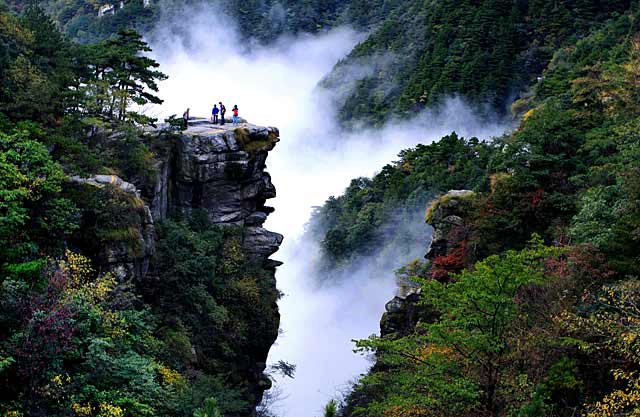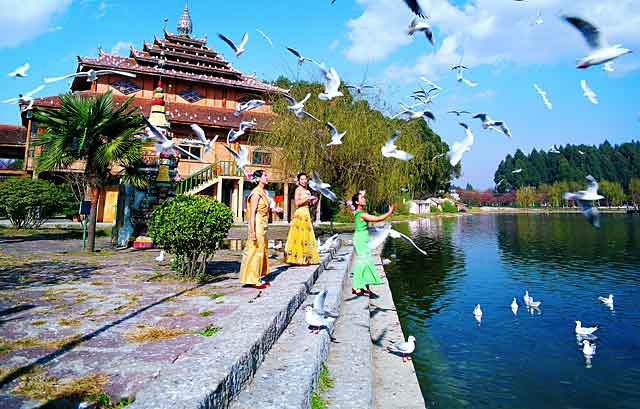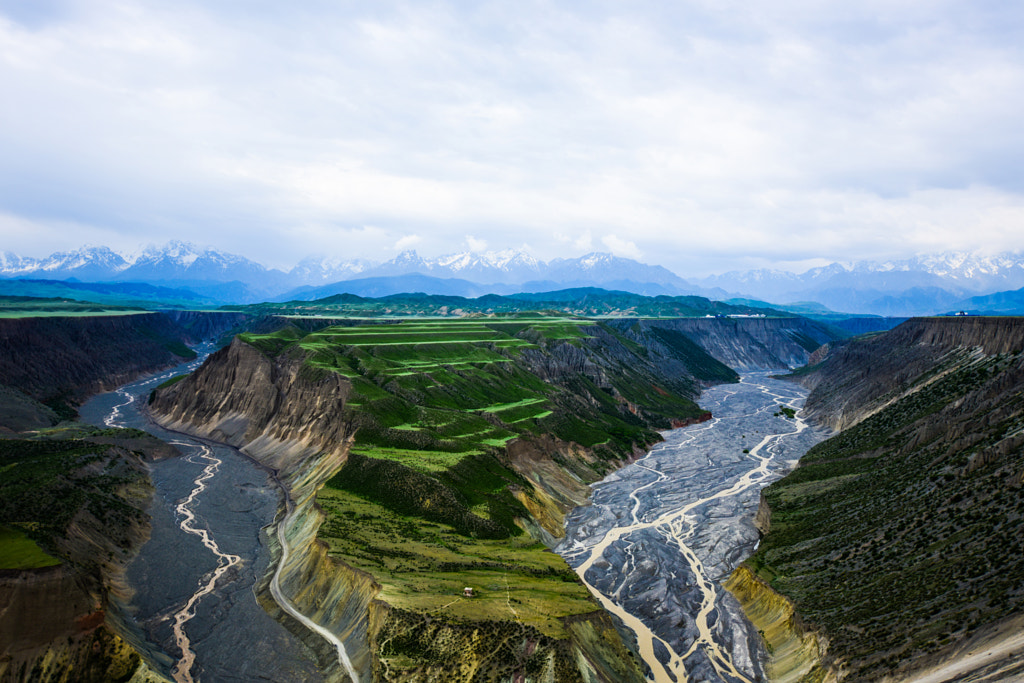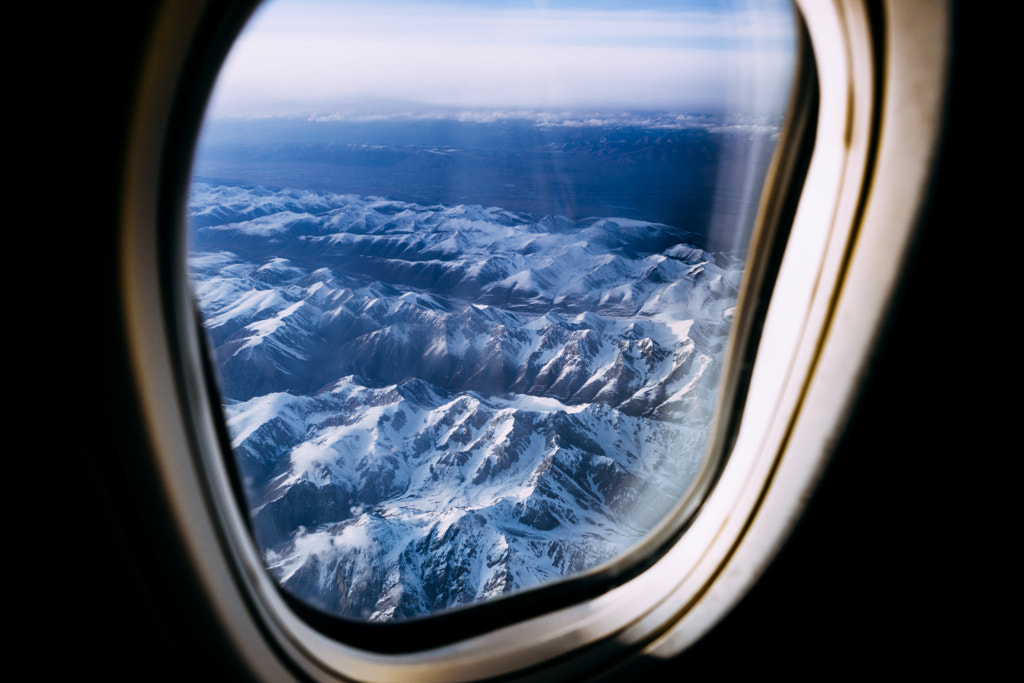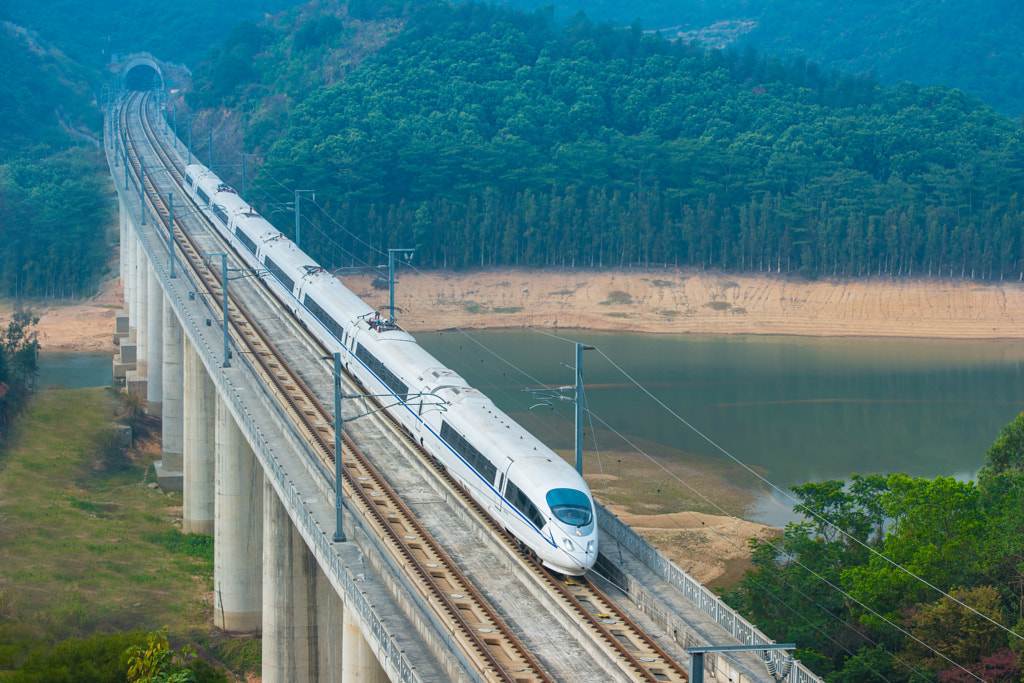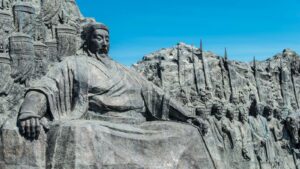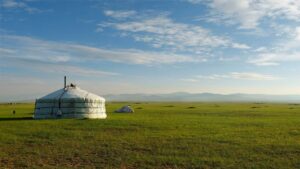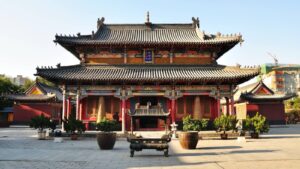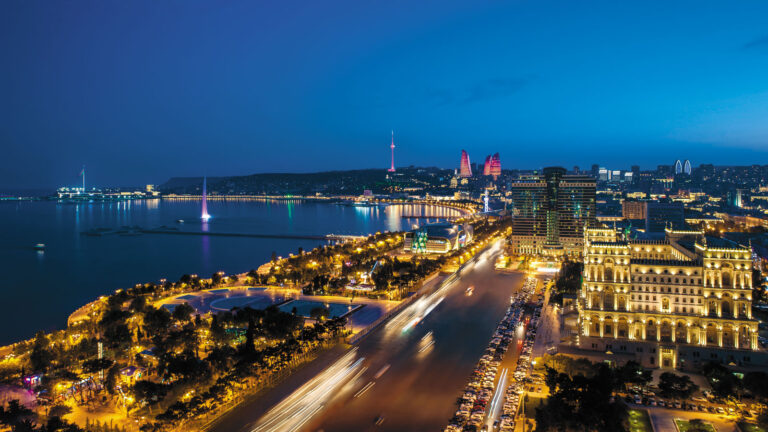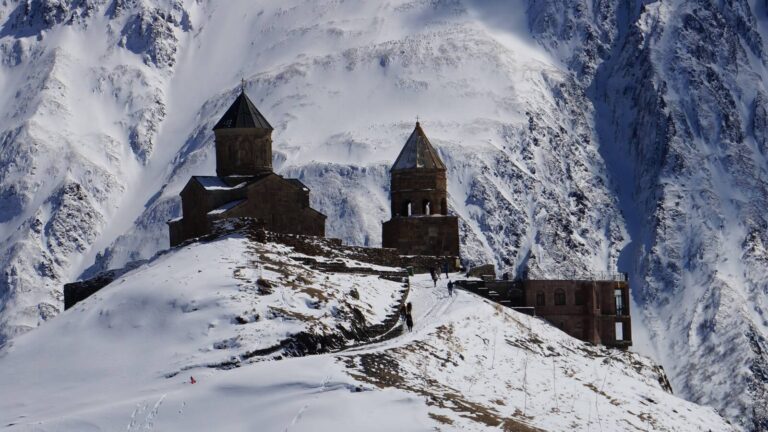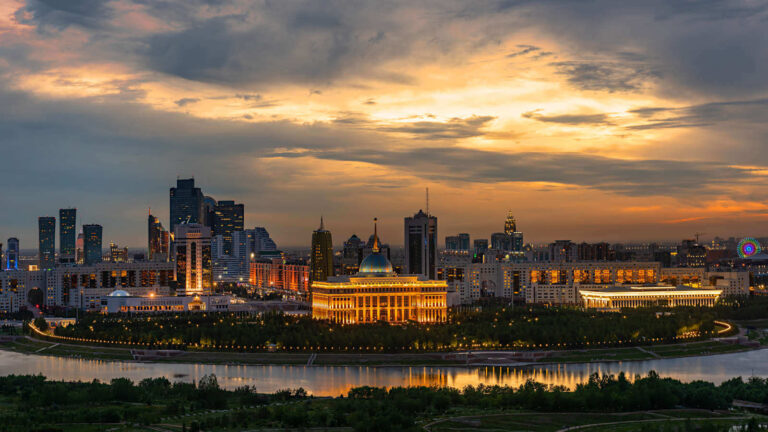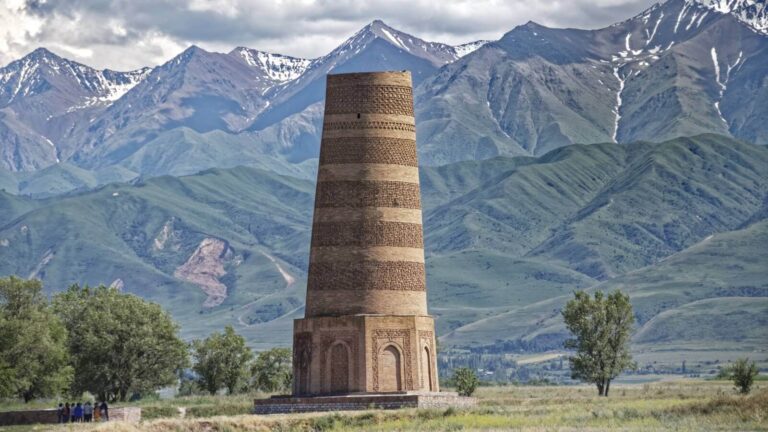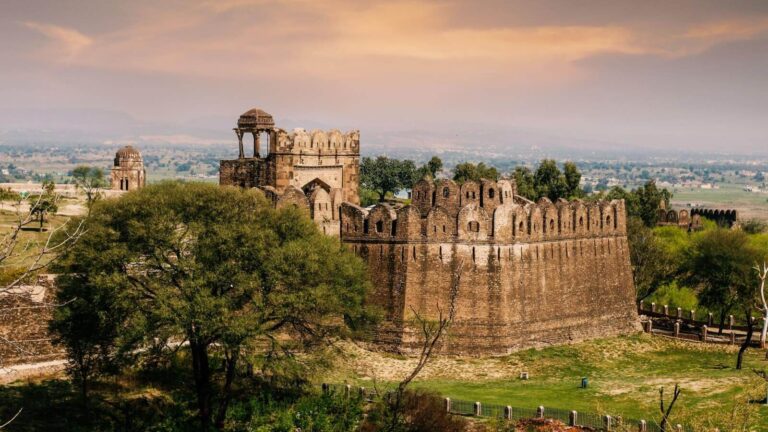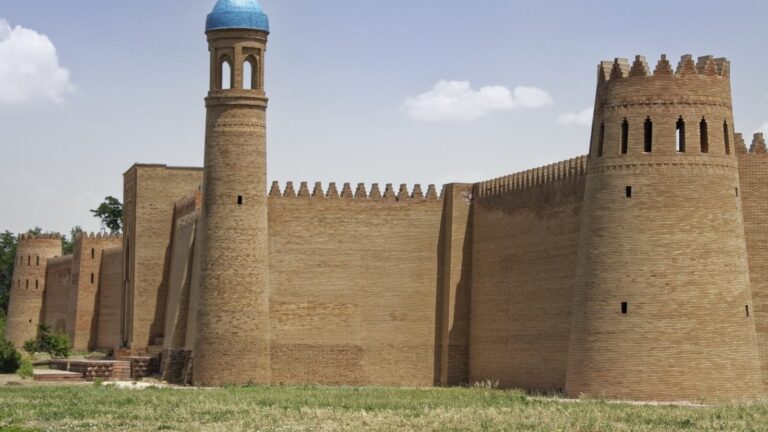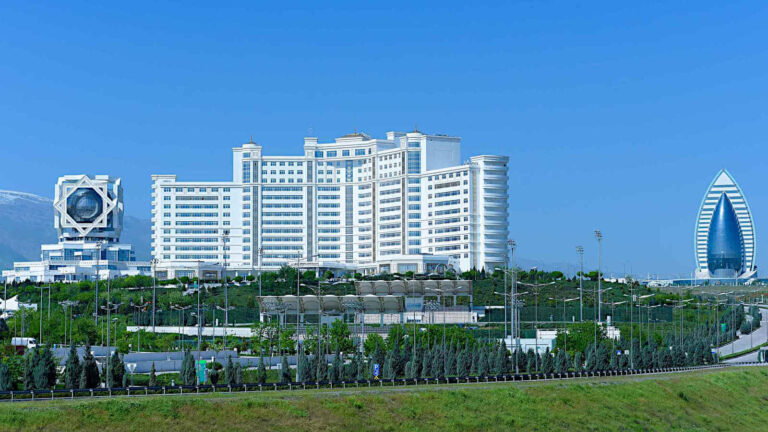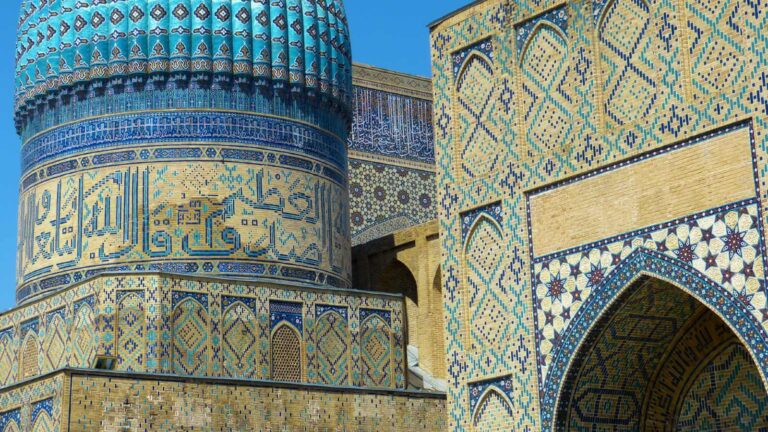Located in the east of the Eurasian continent, China is one of the four ancient civilizations in the world. It has a vast territory, numerous ethnic groups, extensive and profound culture and abundant natural resources.

Language: Chinese
Currency: Renminbi (yuan)
Capital City: Beijing
Population: 1 427 million
History
China is located in the east of Asia on the west coast of the Pacific Ocean. The land area is about 9.6 million square kilometers, the eastern and southern continental coastline is more than 18,000 kilometers, and the inland sea and border sea area is about more than 4.7 million square kilometers.
There are more than 7,600 islands in the sea area, among which Taiwan Island is the largest with an area of 35,798 square kilometers. China has a border with 14 countries and a maritime border with eight.
The provincial administrative region is divided into 4 municipalities directly under the central government, 23 provinces, 5 autonomous regions, 2 special administrative regions, with Beijing as the capital.
China is rich in tourism resources, and 55 cultural sites and natural landscapes have been inscribed on the UNESCO World Heritage List.
Geography and Nature
China enjoys vast land, complex terrain, and diverse climate types.
The climate of China is incredibly varied with the characteristics of large temperature differences between China’s northern and southern landscapes during winter, high temperatures in summer, a large range of humidities from east to west, and a remarkable monsoon climate.
China is one of the countries with the most rivers in the world. These rivers and lakes play not only an important part of China’s geographical environment, but also serve as some of China’s precious natural resources.
China is also one of the countries with the richest animal biodiversity in the world. Some rare animals, like the giant panda, white porpoise, finless porpoise, white-lipped deer, Chinese alligator, white sturgeon, and more, are found exclusively in China.
Economy
The funding of the People’s Republic of China in 1949 marked the starting point for the economic development of New China. Since the economic reform and opening up of China in 1979, China’s economy has experienced an unprecedented rapid growth. Furthermore, the nation has maintained a steady and fast growth rate after entering the 21st century.
China has now become one of the world’s largest economies with the greatest potential for development; and Chinese people’s living standards have reached a moderately prosperous level.
The cultural and tourism industry benefited from the overall economic situation, and has become an indispensable driving force for China’s economic development.
With sustained economic development and cultural prosperity, China continues to warmly welcome tourists from all over the world to visit!
People and Culture
Based on roots as an ancient civilization, Chinese culture is the integration of cultural elements of every region and ethnicity in China. It is also a reflection of the nation’s society, politics, economy, science, technology, and more.
Since the first Imperial state was established in the Xia Dynasty, China, with her long history and splendid culture, has been one of the greatest civilizations in the eastern hemisphere of the world.
East Asian counties and regions, such as Japan and the Korean Peninsula, have been widely influenced by Chinese culture. The tradition and culture of China have also exerted a profound influence on Southeast Asia, South Asian countries, like Vietnam and Singapore, and even the American continent. With its continuing development for centuries, Chinese culture has formed a variety of unique characteristics and symbols in many aspects.
As an essential part of tourism, Chinese culture with its many prosperous aspects can hardly be represented by words only. The tourists from overseas are warmly welcomed to China and to experience and enjoy the feast of Chinese culture in person.
Important Dates
- The date of Spring Festival-The first day of the first lunar month
- Lantern Festival-15th day of the first lunar month
- Dragon Head Raising Festival-2nd day of the 2nd lunar month
- Cold food-The day before Tomb Sweeping Day
- Qingming Festival-Solar term qingming festival
- Dragon Boat Festival-The fifth day of the fifth lunar month
- Chinese valentine’s day-It’s the seventh day of the seventh lunar month
- Ghost Festival-July 15th of the lunar calendar
- Mid-Autumn Festival-August 15th of the lunar calendar
- Double Ninth Festival-The ninth day of the ninth lunar month
- National Day holidays-October 1st according to the Gregorian calendar
- Winter Solstice Festival-Solar terms the winter solstice
- Laba Festival-The eighth day of the twelfth lunar month
- End teeth-The 16th day of the 12th month in the lunar calendar
- Offer sacrifices to the kitchen god-The 24th day of the 12th month in the lunar calendar
- Chinese New Year’s Eve-The last day of the twelfth lunar month
As one of the four oldest civilizations in the world, China is a vast land with countless touristic resources. Scenic spots, historic sites, natural landscapes, natural landscapes and national customs attract tourists from all over the world. To improve your traveling experience in China, here are some means of transportation that will help you explore our country better.
By Plane
The advantages of air travel lie in its short times, safety and comfort. People can reach their destinations quickly and save more time to enjoy beautiful scenery in China.
Air China’s scheduled international flights reach 121 cities in 52 countries. There are 40 mainland cities with scheduled flights to Hong Kong, 7 to Macao, and 38 to Taiwan.
China has over 380 routes to international destinations. There are international airports in cities including Beijing, Shanghai, Guangzhou, Kunming, Xiamen, Dalian, Xi’an, Urumqi, Harbin, Hong Kong, and Macao.
By Train
It’s not only convenient and affordable to travel by train in China, but you can also enjoy the scenery along the way. Transportation in China mainly includes railways, highways, and inland and coastal ships.
Railways consist of:
- North-south trunk lines such as (Harbin-Dalian)-(Beijing-Shenyang), Beijing-Shanghai, Beijing-Kowloon, Beijing-Guangzhou, (Beijing-Datong-Puzhou)-(Taiyuan-Jiaozuo)-(Jiaozuo-Zhicheng)-(Zhicheng-Liuzhou), (Baoji-Chengdu)-(Chengdu-Kunming)-(Kunming-Hanoi), and (Chengdu-Chongqing)-(Sichuan-Guizhou)-(Guizhou-Guangxi)
- East-west trunk lines such as (Beijing-Baotou)-(Baotou-Lanzhou)-(Lanzhou-Qinghai), (Lanzhou-Lianyungang)-(Lanzhou-Xinjiang), Hangzhou-(Zhejiang-Jiangxi)-(Hunan-Guizhou)-(Guizhou-Kunming), and (Lancun-Yantai)-(Qingdao-Jinan)-(Shijiazhuang-Dezhou)-(Shijiazhuang-Taiyuan)-(Datong-Puzhou)-(Houma-Xi’an).
China’s high-speed railway network is gradually being upgraded and includes four vertical and four horizontal lines, including Beijing-Guangzhou, Beijing-Harbin, Beijing-Shanghai, Xuzhou-Lanzhou, Shanghai-Kunming, Shanghai-Chengdu and the pre-high speed railway in the southeast coastal area, etc.
Important regional network lines include Guizhou-Guangzhou, Nanning-Guangzhou, and Xi’an-Chengdu, etc. The intercity high-speed rail includes lines such as Beijing-Tianjin and Shanghai-Ningbo, etc.
People’s Republic of China Railways Website: https://www.12306.cn/index/
By Car
Please refer to the following link for the relevant regulations on self-driving entry into China:
http://www.gov.cn/banshi/2006-12/12/content_467398.html
By Bus
China has a wide range of public transportation services, including buses, coaches and taxis.
China’s total highway mileage amounts to 5.1 million kilometers. With the completion and opening of the Motuo highway in Tibet, China’s highway now covers all parts of the country.
The expressway has formed a national network, seven routes start from the Capital, nine go from south to north and 18 go from east to west.
By Boat and Cruises
Traveling by ship enables you to enjoy the scenery in a leisurely fashion during a smooth and comfortable journey.
China’s inland waterway transport is the most developed in the Pearl River and the middle and lower reaches of the Yangtze River. The Beijing-Hangzhou Grand Canal in Hebei, Jiangsu and Zhejiang is open for navigation. Dalian, Qinhuangdao, Tianjin, Qingdao, Lianyungang, Shanghai, Ningbo, Xiamen, Huangpu, Zhanjiang, Haikou and Hong Kong are the country’s main seaports.
The climate of China is incredibly varied with the characteristics of large temperature differences between China’s northern and southern landscapes during winter, high temperatures in summer, a large range of humidities from east to west, and a remarkable monsoon climate.
China is widely affected by the alternating winter and summer monsoons. It has the most intense version of a monsoon climate in the world. To that end, compared with other regions at the same latitude in the world, the winter temperature is considerably lower in China, while the summer temperature is similarly higher. A striking annual temperature difference and far more rainfall in summer mark the essential features of China’s continental monsoon climate.
CHINA WEATHERDiscover PR of China’s best Destinations on each Season
Please refer to the following link for Visa information:
Check vaccination travel information on http://sg.china-embassy.gov.cn/eng/lsfwx/ or https://wwwnc.cdc.gov/travel/destinations/traveler/none/china
Please refer to : http://www.cpd.com.cn/n3547/n3643/n8267/c53137/content.html
Main Regions of China
Please refer to http://www.travelchina.org.cn/en/syxx/qwzg/rjjt.shtml
Phones
Tourists can make domestic long distance calls or international calls from their hotel room and the call charge will be added into the hotel expense. Domestic long distance calls and international calls can be made from post offices and public phone booths near the scenic spots, shops and entertainment venues. The charge is to be paid after the call.
When making domestic long distance calls, you shall first dial the area code, then the local number. Here are area codes of some major cities: Beijing (010), Shanghai (021), Tianjin (022), Hangzhou (0571), Guangzhou (020), Guilin (0773), Kunming (0871) and Xi’an (029).
When making international calls, you shall first dial “00” (international prefix number), then the country code and the area code and finally the local number.
When making international calls with a landline or cell phone, first you must dial “00” (international prefix), then dial the country code, then the area code and local number.
When making domestic long distance calls with a landline or cell phone (to landline) in China, you should first dial the area code starting with 0, then the local number.
When making domestic long distance calls with a landline or cell phone (to cell phone) in China, you first should dial 0, then the cell phone number.
When calling a Chinese landline out China, you must first dial the international prefix number, for example in the United States you dial 011, then dial 86 the country code for China, then the area code and local number.
When calling a Chinese mobile number, you first need dial the international prefix number, and then dial 86, then the mobile number.
In towns and cities, IDD service is provided at all hotels and post offices. Phone cards are available in post offices inside hotels or in the streets. Even more conveniently, most news stands in major cities also carry phone cards. Telephone booths in the streets are mostly for local calls.
Please refer to http://www.travelchina.org.cn/en/syxx/qwzg/rjjt.shtml
Please refer to http://www.travelchina.org.cn/en/tszg/zgms/zgms.shtml
Please refer to http://www.travelchina.org.cn/en/syxx/qwzg/qzbl.shtml
China has been a unitary multi-ethnic country since ancient times.
After the founding of the People’s Republic of China, 56 ethnic groups were identified and recognized by the Chinese Central Government. The population of the Han ethnic group accounts for the majority, making up 91.51% of China’s total population. As the population of the other 55 ethnic groups is relatively small, 8.49% of the total population, they are customarily referred to as “ethnic minorities”.
China’s ethnic minorities are mainly distributed in the Inner Mongolia Autonomous Region, Xinjiang Uygur Autonomous Region, Ningxia Hui Autonomous Region, Guangxi Zhuang Autonomous Region, Tibet Autonomous Region, Yunnan, Guizhou, Qinghai, Sichuan, Gansu, Liaoning, Jilin, Hunan, Hubei, Hainan, and other provinces and regions.
Hints for staying safe while traveling.
In case of Emergency
Police: 110
Fire: 119
Ambulance: 120
Road traffic accident: 122
Emergency call for water accident: 12395
Useful Phone Numbers in China
- 114 Local telephone number inquiry and area code inquiry
- 120 Ambulance
- 11185 Postal code inquiry
- 10000 China Telecom customer service
- 10086 China Mobile customer service
- 10010 China Unicom customer service
- 95566 Bank of China customer service



